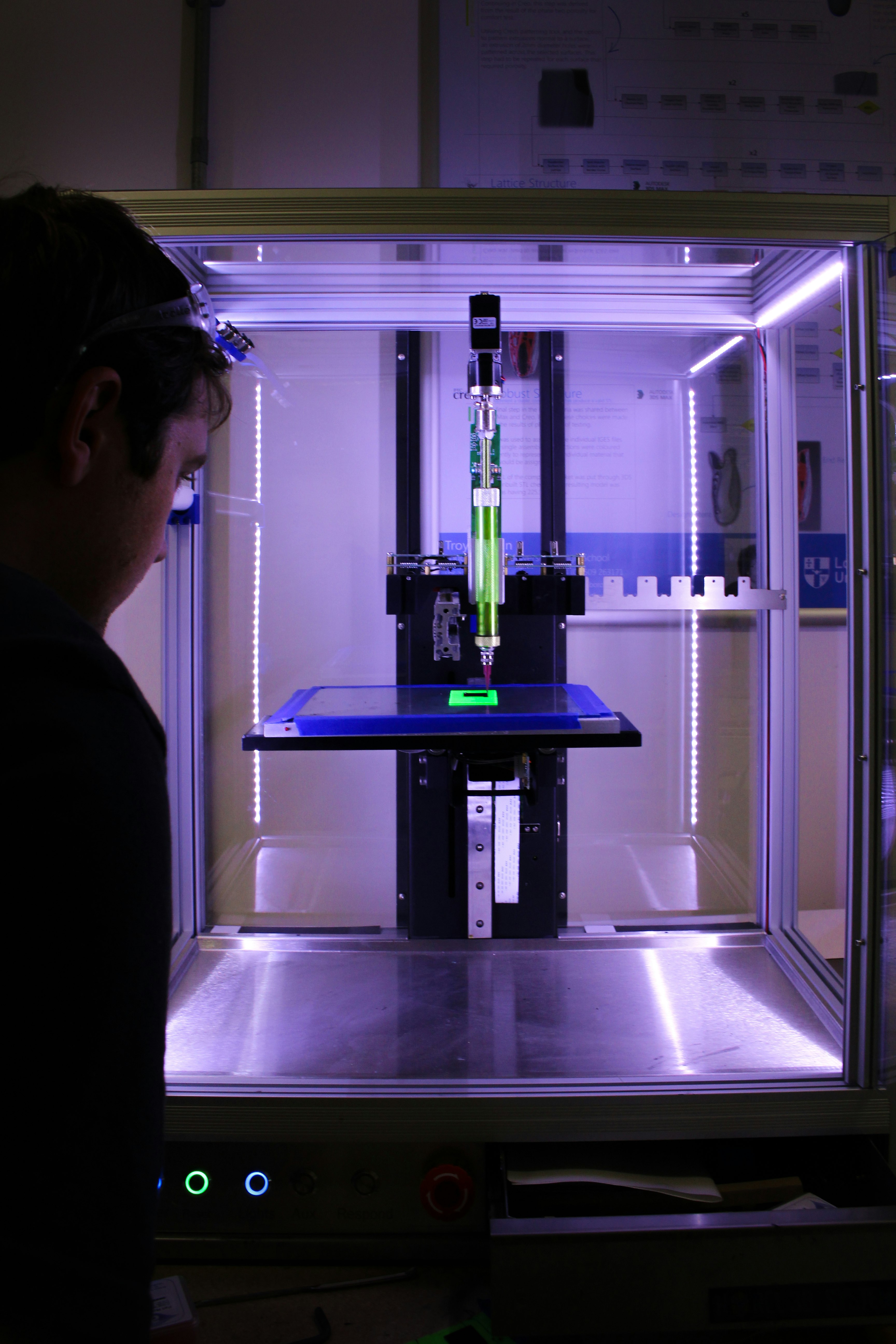First, the leading way in which 3D printing is transforming supply chain processes is by making them independent from consumer demand. Unlike in the traditional methods where companies needed to rely on forecasting consumer demand and manufacturing parts in large batches to achieve economies of scale, 3D printing enables companies to manufacture parts on-demand, eliminating the need for minimum order batches and reducing the risk of excess inventory. This not only leads to cost savings but also enables companies to respond quickly to changing market demands.
Secondly, 3D printing on the supply chain is capable of bringing production closer to the final point of use. 3D printing reduces the need for extensive transportation and storage of goods by enabling localized manufacturing. As a result, it, leads to shorter delivery times and lower logistics costs. Therefore, companies can also take advantage of this technology to create a more flexible approach by producing small customized batches. With quick turnaround time, businesses can then meet the specific needs of customers while minimizing waste.
3D printing can also transform various aspects of the supply chain, including warehousing and distribution. With the digitalization of warehouses, companies can store digital designs as opposed to physical inventory. This significantly reduces storage space requirements. This not only frees up valuable warehouse space but also enables companies to easily customize products and quickly adapt to changes in demand.
Furthermore, 3D printing has the ability to enhance business intelligence in the supply chain. It does so through integrating it into supply chain processes, which enables companies to gather real-time data on production, inventory, and customer preferences. This data can help optimize production schedules, improve inventory management, and gain valuable insights into customer behavior, ultimately leading to more informed decision-making.
Adopting 3D printing in supply chain processes can also promote sustainability and environmental responsibility. Unlike the traditional manufacturing methods that often result in significant waste due to the need for mass production and excess inventory, 3D printing only uses the necessary materials to create a specific product, minimizing waste and reducing the carbon footprint.
From now into the future, the transformational potential of 3D printing in supply chain processes will be vast. With the continued evolution of this technology, we may witness a convergence of design, production, and distribution into one seamless supply chain function, with greater customer involvement throughout the entire process. This level of integration and customization has the potential to revolutionize the way products are manufactured and delivered, opening up new opportunities for businesses to innovate and thrive in an increasingly competitive global market.
In conclusion, 3D printing is transforming supply chain processes by enabling companies to become more independent from consumer demand, bringing production closer to the point of use, and offering greater flexibility and customization. This disruptive technology has the potential to revolutionize various aspects of the supply chain, from logistics and warehousing to business intelligence and sustainability. As companies continue to embrace and integrate 3D printing into their supply chain strategies, we can expect to witness a paradigm shift in how products are manufactured and distributed, ultimately leading to more efficient, agile, and customer-centric supply chains.





